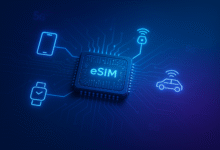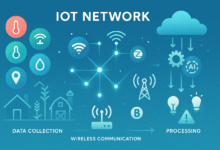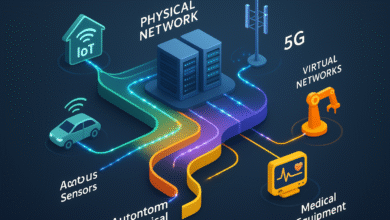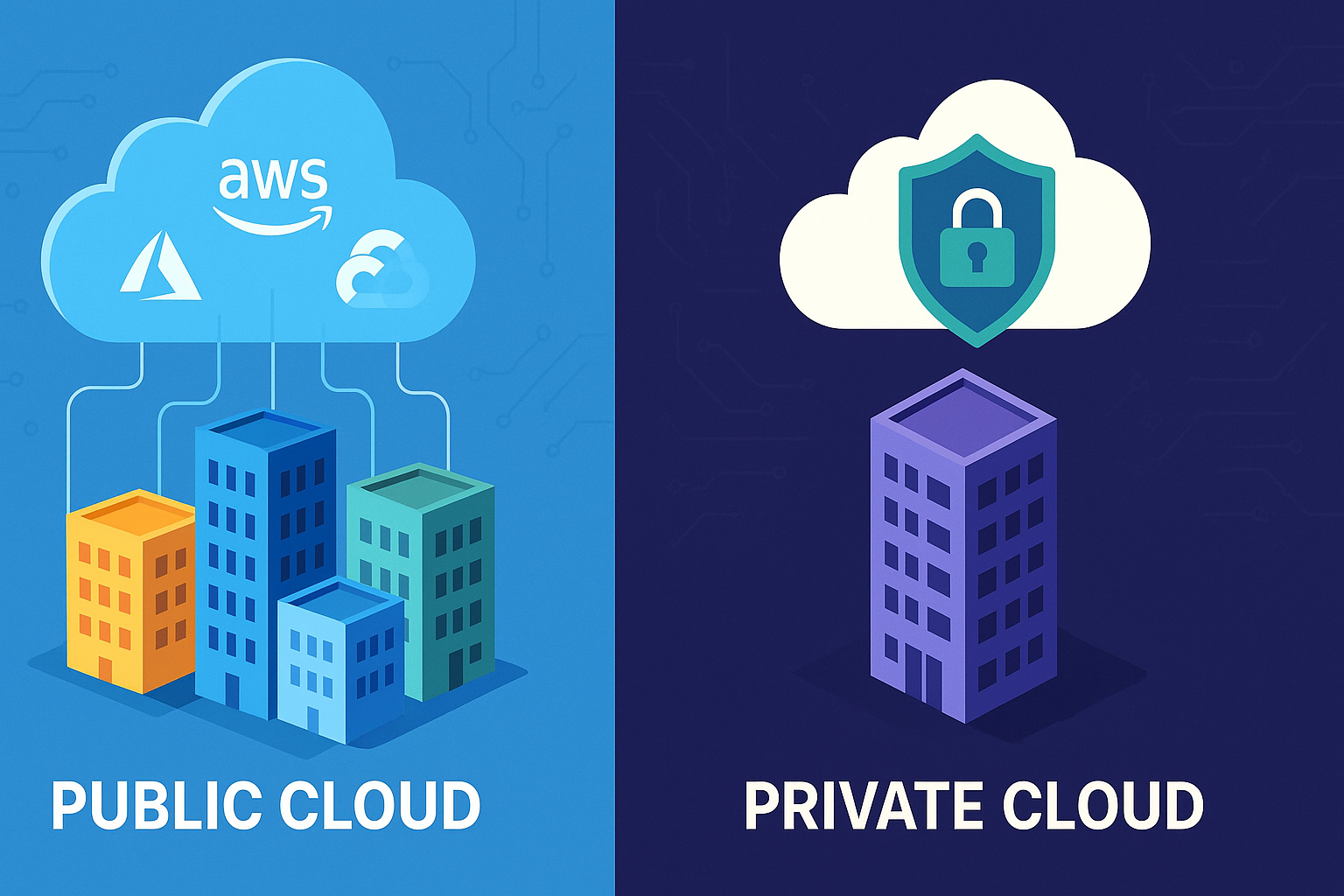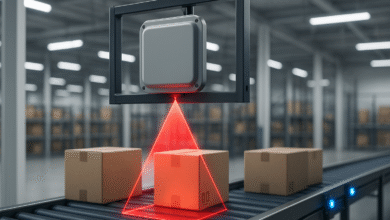The Rise of Hyperconnected Cities: IoT’s Role in Smart Urban Living
Discover how hyperconnected cities use IoT technology to revolutionize smart urban living through intelligent infrastructure and connected devices.
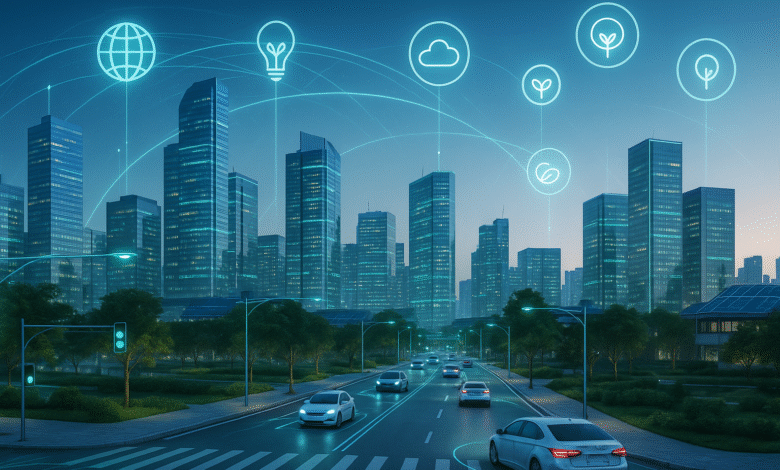
The urban landscape is undergoing a radical transformation as cities worldwide embrace the power of hyperconnected cities technology. With more than 55% of the global population now living in urban areas—a figure projected to reach 68% by 2050—the pressure on city infrastructure, resources, and services has never been greater. Smart urban living is no longer a futuristic concept but a present-day necessity driven by the Internet of Things (IoT) revolution.
Hyperconnected cities represent the next evolution in urban development, where countless IoT sensors, connected devices, and intelligent systems work together to create seamless, efficient, and sustainable urban environments. These cities leverage real-time data from thousands of sources to optimize everything from smart traffic management to energy efficiency, fundamentally changing how residents interact with their urban environment. Through the integration of 5G networks, edge computing, and advanced analytics, these urban centers are becoming living, breathing ecosystems that respond intelligently to the needs of their inhabitants while promoting environmental sustainability and enhanced quality of life.
What Are Hyperconnected Cities?
Defining the Hyperconnected Urban Ecosystem
Hyperconnected cities go beyond traditional smart city technology by creating an intricate web of interconnected systems that communicate seamlessly with each other. Unlike conventional urban planning that treats infrastructure elements separately, hyperconnected cities integrate IoT smart cities technology to create a unified urban nervous system.
These urban environments deploy thousands of IoT sensors throughout the city infrastructure, from smart transportation networks to environmental monitoring systems. The result is a city that can predict, adapt, and respond to changing conditions in real-time, whether it’s adjusting traffic signals during rush hour or automatically alerting maintenance crews to infrastructure issues before they become problems.
Key Characteristics of Hyperconnected Cities
Hyperconnected cities are distinguished by several critical features:
- Comprehensive IoT Integration: Every aspect of city infrastructure, from streetlights to water systems, incorporates connected devices that gather and share data
- Real-Time Decision Making: Edge computing enables instant processing of data at the source, allowing for immediate responses to urban challenges
- Citizen-Centric Services: Digital platforms provide residents with seamless access to city services and real-time information about their environment
- Predictive Analytics: AI and machine learning analyze patterns to anticipate issues before they occur, from traffic congestion to equipment failures
The IoT Foundation of Smart Urban Living
Building the Connected Infrastructure
The backbone of smart urban living rests on a sophisticated IoT infrastructure that connects physical and digital systems throughout the city. This foundation includes:
Sensor Networks: Millions of IoT sensors embedded in roads, buildings, utilities, and public spaces continuously collect data on everything from air quality to pedestrian traffic patterns.
Communication Frameworks: 5G networks and advanced wireless technologies ensure that data flows seamlessly between devices, enabling the real-time data processing essential for responsive city services.
Data Management Systems: Cloud and edge computing platforms process the massive volumes of information generated by connected devices, turning raw data into actionable insights for city administrators.
The Role of Edge Computing in Urban Connectivity
Edge computing plays a crucial role in hyperconnected cities by processing data closer to where it’s generated rather than sending everything to centralized cloud servers. This approach reduces latency and enables the real-time decision making essential for applications like smart traffic management and emergency response systems.
For example, traffic sensors equipped with edge computing capabilities can instantly adjust signal timing based on current conditions, rather than waiting for instructions from a central command center. This immediate response capability is what makes IoT smart cities truly intelligent and responsive to resident needs. According to comprehensive research published by the National Institutes of Health, the integration of edge computing with IoT systems is revolutionizing how cities manage real-time operations and data processing.
Smart Transportation and Traffic Management
Revolutionizing Urban Mobility
Smart transportation systems represent one of the most visible applications of IoT technology in hyperconnected cities. These systems transform how people move through urban spaces by creating intelligent, responsive transportation networks.
Modern smart traffic management systems use a combination of:
- IoT sensors embedded in roadways to monitor vehicle flow and detect congestion
- Connected vehicles that communicate with traffic infrastructure to optimize routes
- Real-time data analytics that predict traffic patterns and adjust signal timing accordingly
- Smart parking solutions that guide drivers to available spaces, reducing unnecessary circulation
Real-World Transportation Success Stories
Cities like Singapore and Barcelona have demonstrated the power of IoT smart cities technology in transportation. Singapore’s comprehensive traffic monitoring system uses over 10,000 sensors to track vehicle movements and automatically adjust traffic signals, reducing travel times by up to 25% during peak hours.
In Barcelona, the implementation of smart parking systems has decreased the time drivers spend searching for parking by 40%, significantly reducing traffic congestion and air pollution in the city center.
Environmental Monitoring and Sustainability
Creating Greener Urban Environments
Environmental monitoring through IoT sensors is transforming how hyperconnected cities address sustainability challenges. These systems provide continuous, accurate data on air quality, noise levels, water quality, and energy consumption, enabling cities to make data-driven decisions about environmental policies.
Key environmental applications include:
- Air Quality Monitoring: Networks of IoT sensors throughout the city provide real-time information about pollutant levels, helping residents make informed decisions about outdoor activities and enabling authorities to take immediate action during pollution events.
- Energy Management: Smart grid technology optimizes energy distribution based on real-time demand, integrating renewable energy sources and reducing waste through intelligent load balancing.
- Water Quality Control: Connected devices monitor water systems continuously, detecting contamination or leaks instantly and ensuring safe drinking water for all residents.
- Waste Management Optimization: IoT sensors in waste bins alert collection services when containers are full, optimizing routes and reducing unnecessary truck trips.
The Impact on Urban Sustainability
Cities implementing comprehensive environmental monitoring systems report significant improvements in sustainability metrics. For instance, smart energy management systems in hyperconnected cities can reduce energy consumption by 20-30% through optimized distribution and consumption patterns.
Public Safety and Emergency Response
Enhancing Urban Security Through Technology
Public safety in hyperconnected cities benefits enormously from IoT technology integration. Connected devices throughout the urban environment create a comprehensive security network that can detect, analyze, and respond to potential threats more quickly than traditional systems.
Modern public safety systems incorporate:
- Smart surveillance networks with AI-powered analytics that can identify unusual behavior patterns
- Emergency response systems that automatically alert first responders to incidents
- Environmental sensors that detect hazardous conditions like gas leaks or fires
- Predictive policing tools that analyze crime patterns to optimize patrol routes
Emergency Response Revolution
IoT sensors and connected devices have revolutionized emergency response in smart urban living environments. When an incident occurs, these systems can automatically:
- Alert emergency services with precise location data
- Provide real-time information about the situation to first responders
- Optimize routing for emergency vehicles through smart traffic management systems
- Coordinate between different emergency services for more effective response
Cities implementing these systems report 30-50% faster emergency response times, directly saving lives and reducing property damage.
Energy Management and Smart Grids
Optimizing Urban Energy Systems
Energy efficiency is a cornerstone of hyperconnected cities, achieved through sophisticated smart grid technology that uses IoT sensors and real-time data to optimize energy production, distribution, and consumption.
Smart energy systems include:
Demand Response Management: IoT sensors monitor energy usage patterns throughout the city, automatically adjusting supply to match demand and preventing waste.
Renewable Energy Integration: Connected devices facilitate the seamless integration of solar, wind, and other renewable energy sources into the city’s power grid.
Building Energy Optimization: Smart building systems use IoT technology to automatically adjust lighting, heating, and cooling based on occupancy and environmental conditions.
The Economic Impact of Smart Energy
Cities implementing comprehensive smart grid systems report substantial economic benefits. Energy efficiency improvements through IoT smart cities technology typically result in 15-25% reductions in energy costs, while also reducing the urban carbon footprint and improving air quality.
Waste Management and Resource Optimization
Intelligent Waste Systems
Waste management in hyperconnected cities leverages IoT sensors to create intelligent, efficient collection and disposal systems. These systems represent a significant departure from traditional scheduled collection routes, instead using real-time data to optimize operations.
Smart waste management features include:
- Fill-level sensors in waste containers that alert collection services only when bins require emptying
- Route optimization algorithms that minimize fuel consumption and traffic impact
- Recycling monitoring systems that track waste sorting accuracy and promote better environmental practices
- Predictive maintenance for waste processing equipment to prevent breakdowns
Resource Conservation Benefits
Cities implementing IoT-powered waste management systems report impressive resource conservation results. Collection route optimization alone can reduce fuel consumption by 30-40%, while predictive maintenance prevents costly equipment failures and service disruptions.
Water Management Systems
Smart Water Infrastructure
Water management in hyperconnected cities utilizes IoT sensors and connected devices to ensure reliable, efficient water distribution while maintaining quality standards. These systems represent a critical component of smart urban living, addressing both conservation and safety concerns.
Modern water management systems include:
- Quality Monitoring: Continuous monitoring of water quality parameters through distributed IoT sensors ensures safe drinking water throughout the distribution network.
- Leak Detection: Real-time data from pressure and flow sensors can identify leaks immediately, preventing water waste and infrastructure damage.
- Usage Optimization: Smart meters provide detailed consumption data, helping both residents and city administrators optimize water usage patterns.
- Flood Management: Environmental monitoring systems track rainfall and water levels to predict and prevent flooding events.
Challenges and Future Opportunities
Overcoming Implementation Barriers
While hyperconnected cities offer tremendous benefits, their implementation faces several challenges:
Data Privacy and Security: The vast networks of connected devices generate enormous amounts of data, raising concerns about citizen privacy and cybersecurity. Cities must implement robust security frameworks to protect sensitive information while maintaining the transparency that makes IoT smart cities effective.
Infrastructure Integration: Integrating new IoT technology with existing urban infrastructure requires significant planning and investment. Cities must carefully balance modernization with budget constraints and service continuity.
Digital Divide: Ensuring that all residents can benefit from smart urban living technologies requires addressing disparities in digital access and literacy.
Emerging Technologies and Future Potential
The future of hyperconnected cities looks increasingly promising as new technologies emerge:
Artificial Intelligence Integration: Advanced AI systems will enable more sophisticated analysis of the real-time data generated by IoT sensors, leading to even more responsive and predictive city services.
Quantum Computing Applications: As quantum computing becomes more accessible, it will revolutionize the processing capabilities of smart city technology, enabling complex optimization problems to be solved in real-time.
Augmented Reality Interfaces: Citizens will interact with their urban environment through AR interfaces that provide personalized information about city services, transportation options, and environmental conditions.
A comprehensive academic review published in ScienceDirect analyzing over 1,800 research papers highlights how IoT integration with emerging technologies like blockchain, artificial intelligence, and wireless networks is creating unprecedented opportunities for urban innovation and citizen engagement.
Global Examples of Hyperconnected Cities
Leading Urban Innovators
Several cities worldwide serve as excellent examples of successful hyperconnected cities implementation:
Singapore: Often cited as the world’s leading smart city, Singapore’s comprehensive approach includes everything from smart transportation and environmental monitoring to predictive healthcare systems and citizen engagement platforms.
Barcelona: This Spanish city has implemented one of the world’s most extensive IoT sensor networks, covering everything from smart parking and noise monitoring to energy management and citizen services.
Amsterdam: The Dutch capital focuses on circular economy principles, using IoT technology to optimize resource use and minimize waste throughout the urban ecosystem.
These cities demonstrate that successful hyperconnected cities require comprehensive planning, citizen engagement, and continuous innovation to realize the full potential of IoT smart cities technology.
Conclusion
The rise of hyperconnected cities represents a fundamental shift in how we design, build, and live in urban environments. Through the strategic implementation of IoT technology, smart urban living is becoming a reality that enhances quality of life, promotes environmental sustainability, and creates more efficient, responsive city services.
From smart traffic management and energy efficiency to public safety and waste management, connected devices and real-time data are transforming every aspect of urban life. As cities continue to grow and face increasing challenges, the adoption of hyperconnected cities technology will be essential for creating sustainable, livable urban environments that can adapt and thrive in an increasingly connected world.
The future of urban living lies in embracing these technological innovations while ensuring they serve all residents equitably and sustainably.
